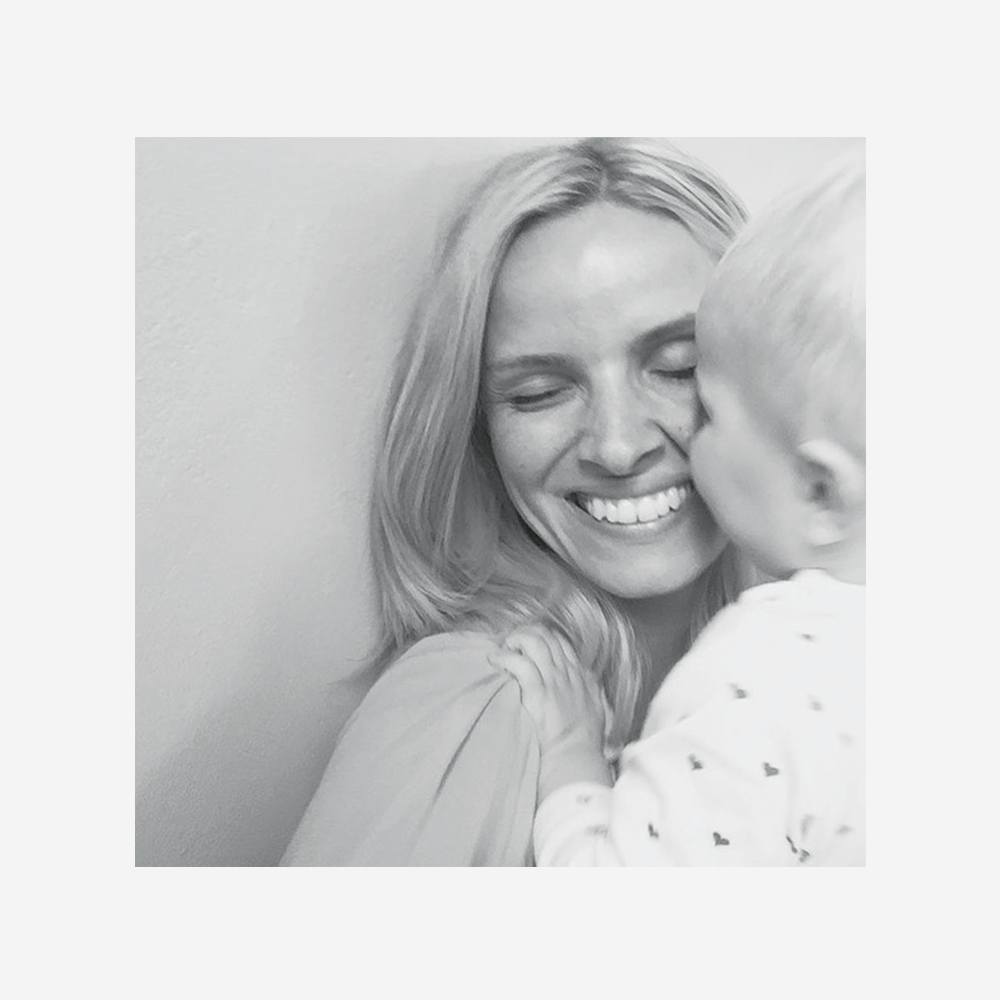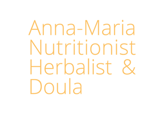Gluten is a protein in grains that can be hard to digest and for some people cause severe digestive inflammation. It does not mean that it is bad for everyone, it means that we need to pay attention to our digestive symptoms and act accordingly.
If you feel bloated and tired after a bowl of pasta, you may need to reconsider your eating habits and make some adjustments. Many choose to go gluten-free and when you do there are some things you need to keep in mind.
There are some classic pitfalls that can block absorption of nutrients when deciding to go gluten-free. Being aware of these will help you have a healthy diet and get a full range of nutrients.
This especially matters when going on a gluten-free diet when being pregnant, breastfeeding and for young kids. Because at these stages in life our bodies have a much higher nutrient requirement - being mindful of our food is essential.
Gluten-free is quite the 'trend,' mostly because going gluten-free is associated with being more health-aware and probably also because many feel significantly better cutting out this hard-to-digest-protein.
You do not need a coeliacs diagnosis to go gluten-free, it is an excellent choice for many who struggle with daily digestive discomforts.
I regularly recommend women go gluten-free during pregnancy, sometimes for the majority of the nine months, sometimes only in the third trimester. All depending on the individual. Some appropriate guidelines have to be brought to attention with a gluten-free diet. Because mostly, when going gluten-free we cut out a considerable portion of our standard (western) foods.
Watch out for unhealthy gluten-free products.
The pitfall is this; The food packaging industry has jumped on the trend and has made huge profits on gluten-free pre-packaged foods. It is important to note that because food has the label, 'gluten-free' does not mean it is a guilt-free health food. Absolutely not! Gluten-free or anything pre-packaged with this label should not be bought and consumed on a regular basis.
What gluten-free products should you watch out for?
Here are some pointers to what you need to be mindful of - because typical gluten-free products are:
- High in starches to resemble the texture of a gluten product and high in sugars to improve taste. Neither ideal to be consuming in high amounts.
- Often made with rice. Rice is indeed a low reactive glutenfree food but can also be high in arsenic and mercury.
- A source of phytic acid that can block absorption of minerals. Phytic acid is found in soy, almonds, rice, and oats - all of these are typically found as a base ingredient in gluten-free products. The intake of this substance can therefore quickly become very high, and potentially mess with the absorption of minerals such as Iron and Zinc (both of these minerals are significant in pregnancy and for young children).
- Easy to rely on for convenience and takes away from a healthy diet. A healthy diet is, simply put; "a diet that offers a wide range of natural and fresh produce of vegetables, legumes, fruits, and ethically caught fish and grass-fed animal products in moderation".
- Often based on corn (maize). Why is this bad? Because corn that is not from Australia is Genetically Modified (GM) and is not a safe food. Most corn in products are imported from the USA. For more detail on this topic, no one explains it better than Michael Pollan in his brilliant book 'the omnivores dilemma.'
What is healthy gluten-free food?
Here are my guidelines to help you be gluten-free and healthy:
- Load up on veggies, protein, fat, legumes, nuts, seeds and fruit. This should be the majority of your diet. Generally, no extra bits are needed, all depending of course on your individual needs.
- Prepare all grains and seeds well, inclusive of the non-gluten grains. Rice, quinoa, oats*, nuts, and seeds. You may not do this every time but aim to do it with the grains/seeds you eat on a regular basis. Learn how to prepare grains in my 'Going Gluten-Free E-book' launching soon! - so stay tuned on Facebook and Instagram, it is super simple once you read it.
- Add chickpeas and lentils to your diet. Soak these appropriately before use.
- If you struggle to wave goodbye to bread, you can make my homemade sourdough - the only way to eat bread and be healthy. This is for people who are avoiding gluten and not for coeliacs.
- Read labels! When you occasionally indulge in pre-packed food read what is in the product. A glutenfree biscuit with 10+ ingredients that are unfamiliar to you is probably not a healthy food. So don't overdo it.
Are you after advice to get healthier and happier? Nothing is more unpleasant that digestive problems - I know! I am here to help! Email me or book an appointment via the phone or in person.

Get A Free Gift
My Top 10 Foods for a Happier Healthier Mum
As a fellow mum (of three wonderful girls) I really know how challenging and exhausting being a mum can be at times!
When I first became a mum I realised just how much my lifestyle and diet played a part in how well I coped with the demanding tasks of caring for my little ones.
I help so many women through all kinds of burnout, exhaustion, weight gain, digestive and hormone problems, illness and general low's.... and I never get tired of seeing just how well they respond to my graspable and nurturing support. It really makes my job such a blessing, to be able to help you.
Alright, let's get to it! Here are my top 10 tips to become a happier and healthier mum!



